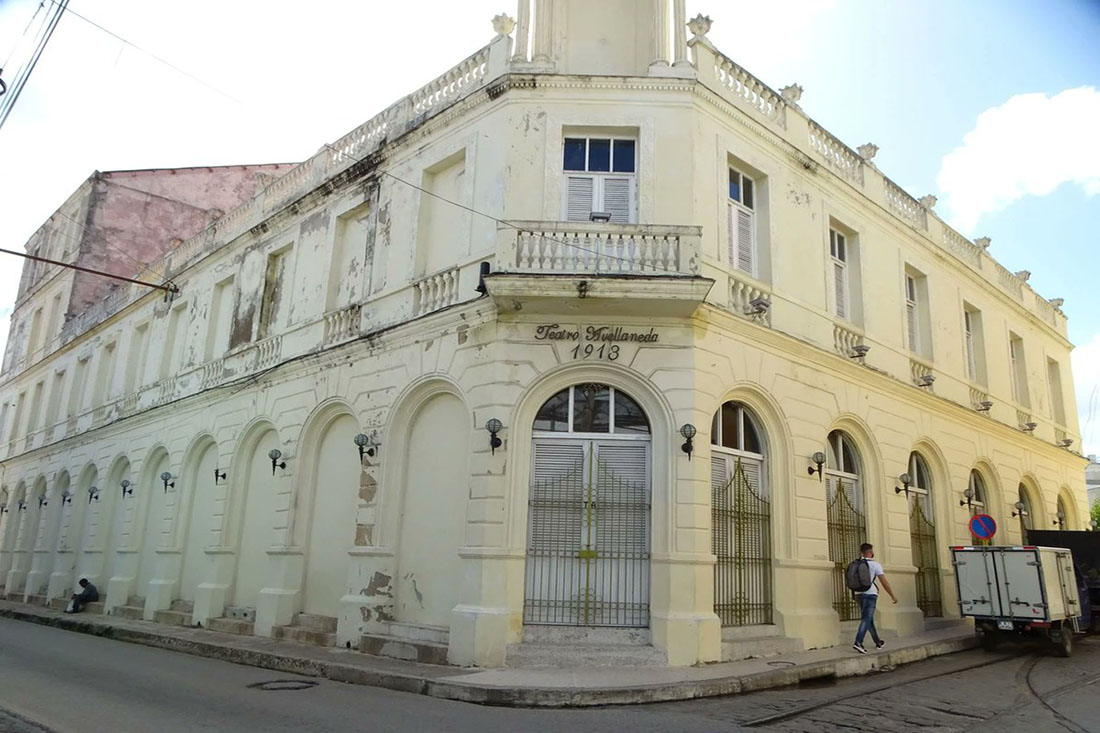The Avellaneda Theater, located at the intersection of Avellaneda and Ignacio Agramonte streets in a striking eclectic-style building, is one of the main spaces for performing arts presentations in the city of the waterpots.
Founded on May 20th, 1913, at the initiative of Juan Guarch Millá, this theater, whose name honors the poet from Camagüey Gertrudis Gómez de Avellaneda, had as one of its main objectives to promote the development of theater in the territory.
La Bombonera de Tula, as it was also known, had the capacity to accommodate about a thousand spectators, according to journalist Yuldys Márquez.
Important artists in the country performed on its stage, such as Ernesto Lecuona and Rita Montaner, the Cuban comic artists of Arquímedes Pous, the Gran Compañía de Operetas, and Revistas y Zarzuelas del Teatro Martí, among others, adds the journalist María del Carmen Fuentes.
It also housed fencing posters and was used as a cinema. There the public was able to appreciate cinematographic classics such as Ana Boleyn, The Lady of the Camellias, The Battleship Potemkin, The Gold Rush or Lights of my City among others. It was in operation until the 80s of the last century when its doors temporarily closed.
In 2006 it received public again and in the following years it went through several remodeling processes. The Office of the Historian of Camagüey city intervened in some of these, fundamentally in actions related to the façade and some interior parts. Currently, the Avellaneda Theater hosts presentations by local groups such as the performances of Teatro Tuyo, concerts, awards and other events. It is also one of the main halls of the National Theater Festival.
The Avellaneda is once again a space where the development of the performing arts in the territory is promoted and a place of eternal homage to one of the most important poetesses of Hispanic letters of the 19th century.
Translated by: Aileen Álvarez García






